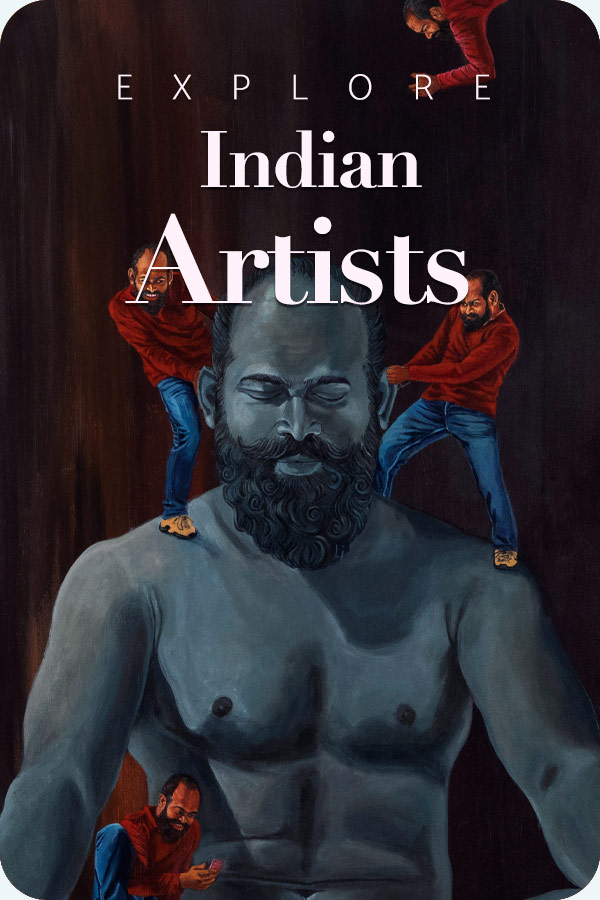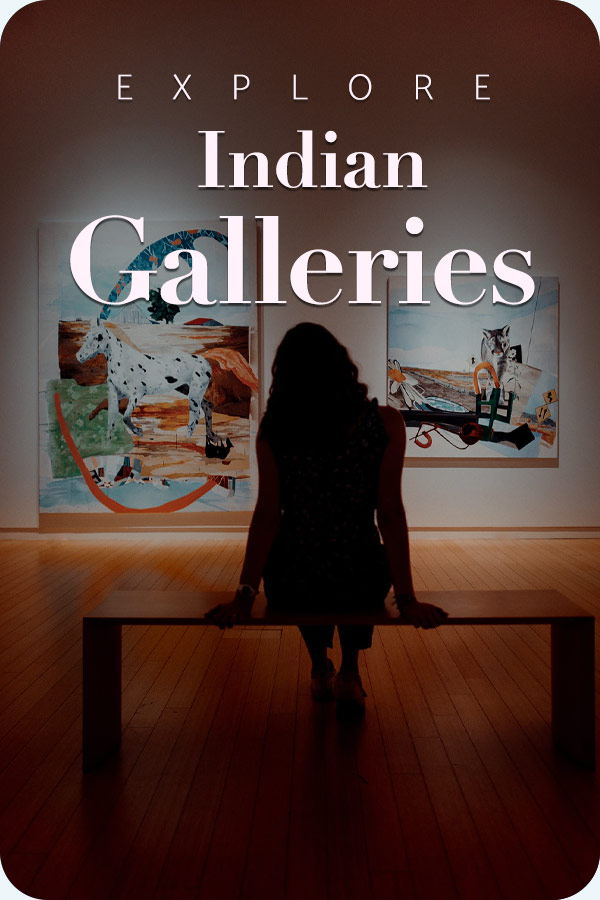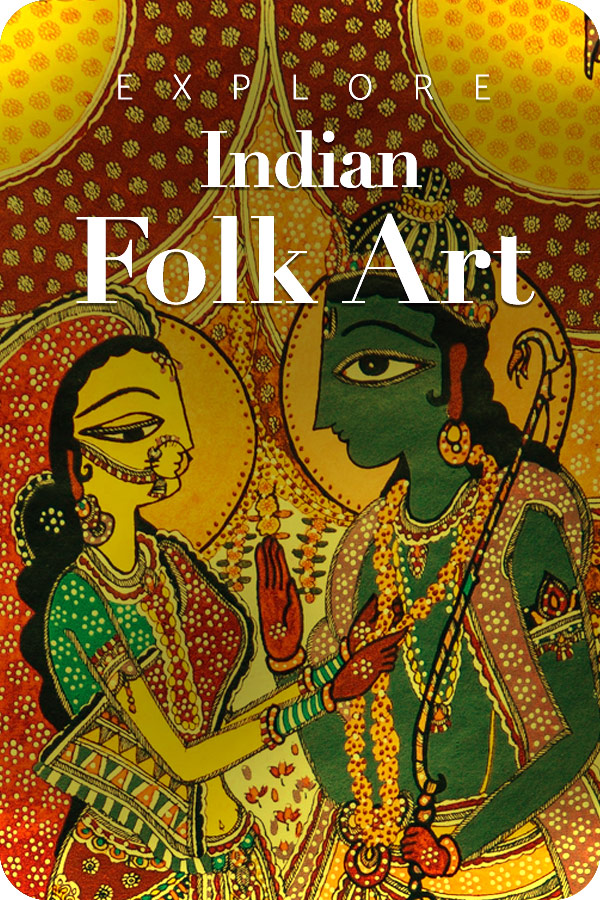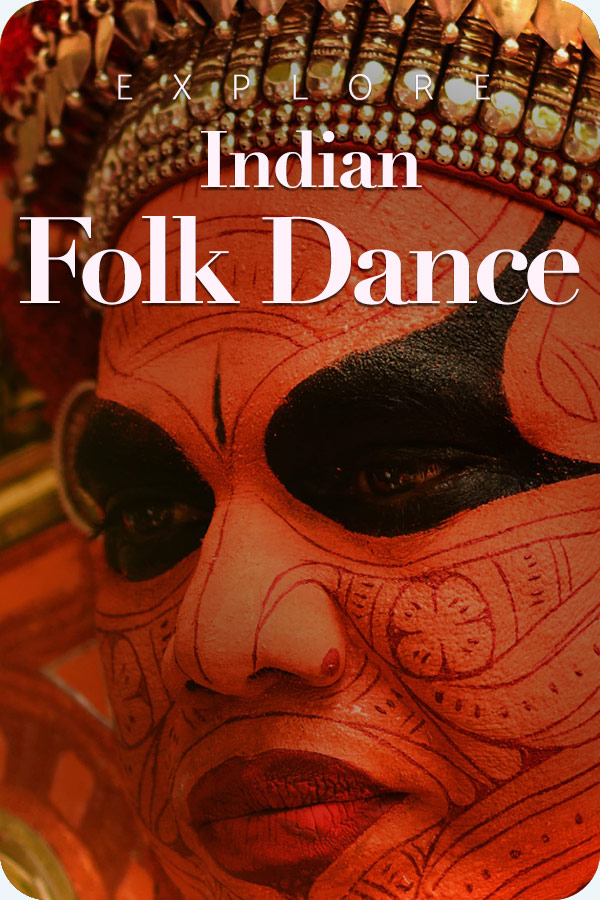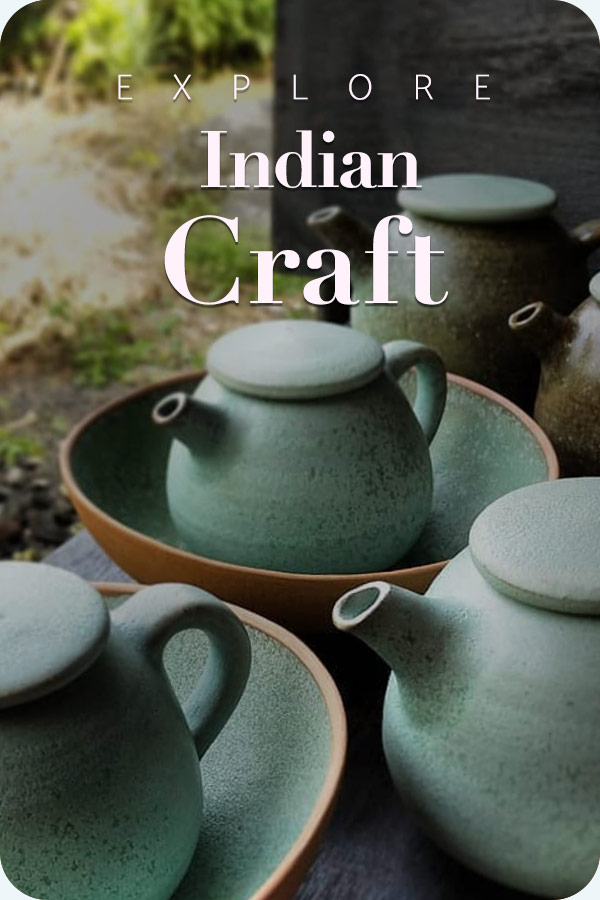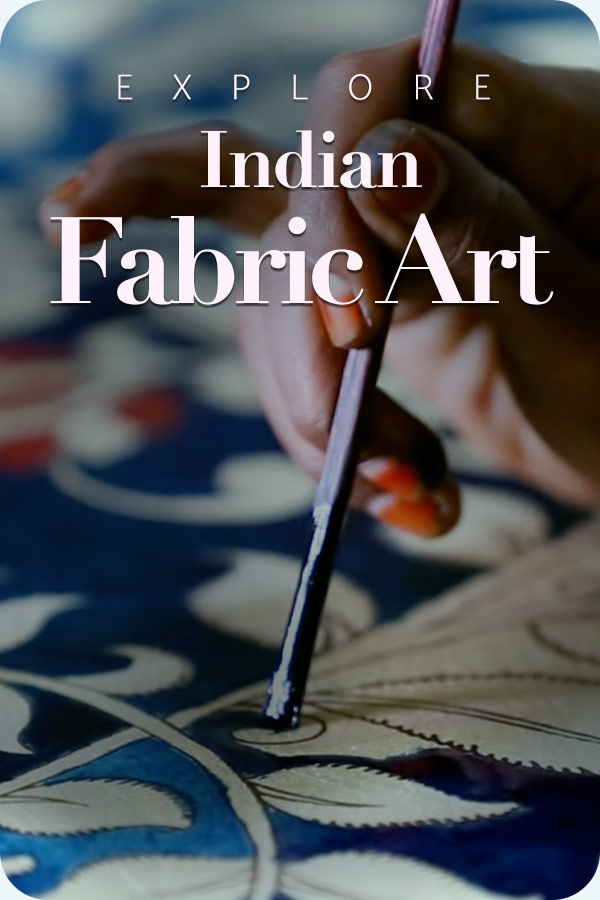
‘A stitch in time saves nine’, goes a popular saying. But what if a stitch also saves the cultural heritage of generations, showcases the skills of a particular region, and beautifies garments across the nation? Yes, we are talking about some of the finest finest embroideries and stitches that have withstood the test of time and emerged as local fashion icons. Most of these continue to be in use and are often flaunted at fashion shows and adopted by leading Indian designers.
Suggested read – Mesmerizing Fabric Arts of India
Regional Variations in Embroideries of India

Due to the vastness that comprises India, the regional and traditional specializations are also seen in embroideries, as much as they are seen in other social and cultural aspects, such as, language, festivals, cuisine, and local ingredients.
Most regions or states have their particular style and craft of popular embroideries. The skilled laborers who are masters of embroidery art usually have this art form passed on from generations. The fact that these artisans are common people who are usually always away from the limelight is no new news. Unlike celebrity artists in various fields, the craftsmen who embroider are rarely known. They are usually the nameless and faceless assets that create the priceless wear adorned on various occasions by people.
There are many specific embroideries of India, such as the Chinkankari, Kantha, Aari, Gota, Kutch, Phulkari, Shisha work, Zardosi, and many more. Here is taking a look at some of the most popular embroideries of different states and regions.
1. Chikankari: The Delicate Art of Lucknow

From the land of Lucknow, this form of embroidery is said to have been introduced by Nur Jehan, the wife of Jahangir. It is the usage of white thread over the fabric which is block printed for patterns. The petite and elegant look of the design is used on kurtas and other garments.
2. Phulkari: The Flower Work of Punjab

Punjab is known for this amazing embroidery pattern of flowers on their fabrics. Stitches are embroidered on the back of cloth as the design unfolds in front. Bright colors are usually used over lighter fabrics and this form of Phulkari embroidery has been practiced primarily by the women of the community.
3. Kantha: The Bengal and Odisha Art

Practiced in West Bengal and Odisha by its rural women, this is a running stitch done along with the patterns. The simplicity of the work gives the garments an exclusive look. Also, it is often known as dorukha because there is no front or backside, the design looks the same on both sides. Kantha embroidery is not only used on garments but quilts, napkins, and so on.
4. Gota Embroidery of Rajasthan

Hailing from Rajasthan, particularly in Jaipur, the Gota designs look similar to zardozi. Zari ribbons or gold threads are used to create patterns. The designs are of human figures, animal figures, or various shapes which are cut and then stitched on the material making it an applique with the usage of gold threads. Karchobi is another form of embroidery in Rajasthan that uses metallic zari threads.
5. Kashida Embroidery of Kashmir

From the breathtaking land of Kashmir is Kashida, an equally beautiful Kashida embroidery that uses bright colors and myriad motifs. Found on shawls, bed sheets, sarees, Kurtis, and many more, the designs vary from animals, fruits, flowers, and so on. The Raffugiri embroidery is a branch of the Kashida and looks the same on both sides of the cloth.
6. Kutch and Saurashtra Embroidery from Gujarat

The region of Kutch is home to some of the best handicrafts and embroideries. The different types of embroideries of Kutch include the Sindhi stitch which is geometric, as well as the Aribharat where a hooked needle is used for creating the chain stitches. Some other embroideries which are from Gujarat and the Kutch region include the banni, rabari, and Kathi.
7. Shisha or Mirror work

This embroidery cuts across state lines and is practiced in Gujarat, Rajasthan, and Haryana. Little pieces of mirrors are embroidered on the fabric to give the cloth a unique look. Mirror work is also usually found on cushion covers, wall hangings, bags, and other accessories.
8. Aari Embroidery

Aari work involves the usage of usually silk threads to create loops and patterns outside or on the edge of the material. Practiced in Kashmir and the Kutch region this is an arduous technique that gives amazing results. Aari works are done by using a special long needle and a loop and hook method that requires skill and practice to master.
9. Kasuti: The Traditional Craft of Karnataka

The Kasuti embroidery is popular in Karnataka but is also found in the Kanchipuram saree designs. The patterns include animals, lamps, palanquins where the stitching is done by counting each thread. The process is tedious and the embroidery is without knots giving the same look on both sides of the cloth.
10. Zardozi: The Royal Embroidery

Perhaps the best known and most luxurious embroidery of India is the zardozi. Earlier real gold and silver threads were used on silk and velvet fabrics to make the garments fit for royalty. Nowadays, the zardozi thread is made of metal wires and is still considered one of the richest and elegant looking embroideries.
11. Parsi Gara: The Synthesis of East and West

Parsi Gara is an even more refined form of silk embroidery with impact from Persia, China, and India. It is carried out on the sarees of Parsi women, known as ‘Gara’. Parsi Gara began during the trade route between India and China when Parsi traders took Chinese embroidery skills to India.
Parsi Gara embroidery is rich in motifs of birds, flowers, and mythical creatures like dragons and phoenixes along with Indian elements like peacocks and lotuses. The background is dark, either black or maroon, but good contrast is created by the stitched silken threads.
12. Toda Embroidery: A Tribal Art of the Nilgiris

The embroidery itself is a tribal craft of the Toda community in Tamil Nadu located in the Nilgiri hills, and this art form has distinctive and ornamental usage of red and black threads upon a white background. Geometric in pattern and woven to the eye, the technique employed creates loose thread loops to bring about a design.
Traditionally, Toda women used to embroider these designs on shawls known as ‘puthukuli,’ worn during special ceremonies. The motifs are mostly a reflection of nature, animals, flowers, and celestial beings, and thus symbolic of the community’s deep connection with nature.
13. Rabari Embroidery: Folk Tradition from Gujarat

Rabari embroidery is a considerable style of Gujarat and is practiced by Rabari people. The Rabari embroidery is normally rich in stitchwork and mirror detailing but often hints at stories in motifs. Motifs of Rabari embroidery are mostly inspired by everyday activities, nature, and beliefs associated with religion; thus these themes are usually embroidered on clothes and household items. Therefore, these folk art pieces act as proof of the community’s traditional storytelling practice.
Rabari embroidery uses bright contrasting threads against dark backgrounds in very striking visual patterns. The embroidery is deeply rooted in the Rabari way of life, where the motifs represent their pastoral lifestyle and spiritual beliefs. It is most frequently used in dowry items, bridal attire, and ceremonial textiles. Traditional Embroideries of India, such as Rabari, reflect the beauty and importance of this culture, artistic expression, and rich heritage of the region.
Conclusion
Traditional embroideries of India are more than just an aesthetic fashion in art, they symbolize the multidimensional cultural landscape of the country and the creativity of the artisans involved. These embroidery techniques, covering from royal courts to humble homes, encompass the skill, creativity, and pride of being Indian by the artisans. Today, the embroidery stitches continue to remain relevant with this emerging demand of modern fashion while continuing the traditional craft of embroidery.
FAQs About Traditional Embroideries of India
Which are the most famous types of Indian embroidery?
There are hundreds of highly famous embroidery styles in India, such as zardozi, chikankari, phulkari, kantha, kutch, and kasuti, reflecting regional cultural heritage.
What is the relevance of mirror work in Indian embroidery?
Mirror work, or ‘abhla,’ is characteristic of Kutch and Saurashtra embroidery from Gujarat. It is believed to be evil spirit-repelling, though the fabric takes on an excellent sparkling effect from the mirrors which throw back a perfect reflection of light.
Where does Chikankari embroidery originate?
Chikankari embroidery originates from Lucknow, Uttar Pradesh. The embroidered designs stitched by hand on loose-weave fabrics like cotton and muslin have begun to garner immense popularity.
What is the difference between Kantha embroidery and Phulkari?
Kantha embroidery of Bengal and Odisha draws lovely designs using simple running stitches, but Phulkari of Punjab is upon floral motifs created with different colors of silk threads.
What are the motifs in Kasuti embroidery?
Kasuti embroidery of Karnataka makes use of motifs taken from temples, chariots, animals, birds, and floral designs, often geometrically patterned.
Seven Short Paragraphs on Indian Traditional Embroidery
- Indian embroidery contains the cultural diversity and the traditions that reflect this nation.
- Zardozi was once an art only used in royal garments and décor.
- Phulkari of Punjab is one particular form that excels in floral motifs that are canvassed through colorful shawls and dupattas.
- Kantha embroidery is the craft through which the old handlooms are converted into fantastic works of beauty by Bengal.
- Lucknow’s Chikankari is white-on-white prints done very minutely.
- Kutch embroidery has glorious mirror work and colors.
- Kasuti from Karnataka is a labor-oriented craft, giving the viewer a very typical geometrical design.


